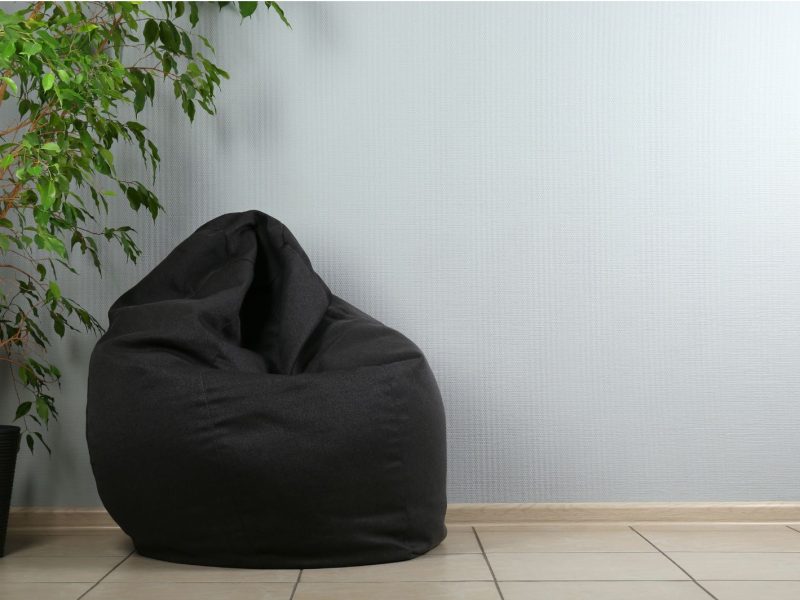Most people are willing to deal with minor aches and pains to avoid getting sick. But, if you discover abdominal pain to be unbearable and determined to be caused by your gallbladder, it’s time to visit a doctor.
What are the early warning signs of gallbladder problems? Should you visit the office, or would it be best to wait it out?
This guide will help you navigate the world of gallbladder disease, providing insight into various symptoms. We’ll help you decide if it’s best to get checked out or if you can tough it out until the weekend.
Table of Contents
Abdominal Pain
Abdominal pain is one of the first signs of gallbladder problems. This type of abdominal pain is in the upper right side of the abdomen, beneath the lower ribs.
It is a dull, persistent ache that lasts for several minutes or hours. It may get worse after eating meals that contain a high-fat content.
If you experience constant abdominal pain, see your doctor for diagnosis and treatment. An ultrasound or CT scan may help to check for gallstones. Treatment options may include prescription pain medications, dietary changes, and medical procedures like robotic surgery gallbladder removal.
Bloating
Bloating is an early sign of gallbladder problems and can be a warning flag for serious health concerns. Pay attention to any bloating you may experience in the early stages of gallbladder issues. It is a sign that there may be an osmotic dysregulation in your body, meaning the fluids and electrolytes are not balanced.
It can be a concern because your gallbladder produces bile. It helps the breakdown of fat. If it is not secreting, fats can become concentrated and difficult to digest.
The accumulation of gas and pressure in the digestive tract can cause bloating. It is due to difficulty in emptying the gallbladder. It is vital to consult your doctor if you experience any of these signs to diagnose and begin therapy.
Nausea
Nausea is one of the leading signs showing a problem with your gallbladder. When the gallbladder becomes upset, your natural defenses notify you that something is off.
Nausea is the body’s way of expelling bad bile and other compounds that accumulate and can cause problems inside the gallbladder. While not every case of nausea is because of gallbladder problems, check any nausea presenting with symptoms and get to the bottom of the issue. Nausea serves as a warning sign that something else is afoot.
Indigestion
Indigestion is a common symptom of gallbladder problems and can indicate an underlying issue. It is a burning sensation in the upper-middle abdomen and chest, which may worsen after eating fatty or greasy food.
Pain can spread from the gallbladder to the back, right shoulder, and chest area. Many people with gallbladder issues often have recurring episodes of indigestion that come and go; in some cases, indigestion can last for days.
Gallstones and other blockages lead to indigestion, which can resolve if treated early. But if not treated or the symptoms worsen, more dangerous complications can occur.
Fever
Fever is one of the earliest signs of gallbladder problems. It includes inflammation or infection of the bile duct.
When these issues arise, your immune system responds and fights off the foreign agents. As a result, increased levels of white blood cells will combat the infection, causing your temperature to rise.
Additionally, it is not uncommon for gallbladder issues to cause physical discomfort. It leads to elevated stress levels, so further raising your body temperature.
In other cases, fever can be the reaction to the presence of gallstones, as the contracted walls of the gallbladder can cause inflammation. It prompts the release of extra heat. It is vital to check your temperature to early diagnose and treat gallbladder conditions.
Chills
Chills can be a sign of early gallbladder problems. The gallbladder stores bile that comes from the liver. It secretes when you eat food, aiding in digestion.
An irregularity in function can cause digestive problems, and this can include chills as a symptom. Chills can be an early sign that something is amiss within the gallbladder. Those experiencing them should speak to their doctor about possible further tests and treatments.
Yellowing of the Eyes or Skin
Yellowing of the eyes or skin, jaundice, is one of the earliest signs of gallbladder problems. Jaundice is because of an accumulation of bilirubin. It is a yellowish pigment that forms in the liver due to the build-up of bile acids.
When the gallbladder can not process or expel bile, bilirubin accumulates and causes a yellowish discoloration of the skin, eyes, and other mucous membranes. Do not ignore these symptoms. Prompt medical attention may reduce the risk of complications.
Clay-colored Stool
The clay-colored stool is one of the earliest signs of gallbladder problems. It occurs when a blockage to the bile ducts connects the gallbladder to the small intestine. It prevents bile from getting into the stool.
The bile pigment gives stool its typical darker color. The clay-colored stool is also known as acholic stool, a term used to describe the very light color of the waste. It is critical to see a physician if clay-colored stools become a frequent occurrence.
Dark Urine
Dark urine is often an early sign of gallbladder problems. It is one of the first symptoms of gallstones. It produces hardened deposits of digestive fluid that can block the bile duct.
If dark urine is persistent, see a doctor as soon as possible. Diagnostic tests can determine the presence of gallstones and other potential problems with the digestive system.
Symptoms of gallbladder problems, such as dark urine, can also develop due to other underlying medical conditions. Some medications can cause dark urine, so if this symptom is present during treatment, it is critical to discuss it with a healthcare professional.
Early detection of gallbladder issues can help prevent the development of more severe symptoms, the spread of infection, and other complications.
Itchy Skin
Itchy skin can be an early sign of gallbladder problems. These could be as simple as gallstones, biliary dyskinesia, or gallbladder cancer.
In some cases, the itchiness might connect with irritation or inflammation of the skin. It could be a sign of a blocked bile duct or an obstruction in the normal flow of digestive juices. It is critical to seek medical advice from a doctor if itchy skin is a symptom you are experiencing.
Specific pain remedies or medications to reduce inflammation may help relieve itchiness. Additionally, specific dietary changes may reduce irritation associated with gallbladder problems. A doctor can provide advice depending on the underlying cause of gallbladder problems.
Diarrhea
Diarrhea is an early sign of gallbladder problems. Gallbladder issues generally arise from gallstones. It is the most common symptom of gallbladder disease.
Gallstones can cause gallbladder inflammation, leading to pain and tenderness in the abdomen. If left untreated, the inflammation can cause diarrhea. It is due to different factors that can worsen due to gallstones.
These factors include sluggish set-up of the intestines and increased power in the fluid molecules passing through the intestine. Diarrhea can also occur because of the liver overproducing bile, or if the bile ducts become blocked, both of which can be because of gallstones. If you experience frequent diarrhea, it may be a sign that you are suffering from gallbladder problems.
Heartburn
Heartburn is a common symptom that comes with gallbladder problems. It’s an early warning sign that something might be wrong. It happens when bile, a digestive juice produced by the gallbladder, backs up into the esophagus and causes a burning sensation.
It’s possible a gallbladder attack or an inflamed gallbladder can begin showing symptoms long before actual gallstones form, so getting checked out is essential. If you catch it early, you can cure gallbladder disease with lifestyle changes and dietary alterations. But, if left untreated, it can lead to more critical complications.
Follow This Guide to Understand What Are the Early Warning Signs of Gallbladder Problems
In conclusion, knowing what are the early warning signs of gallbladder problems helps you to take care of your health. Individuals should be aware of these early warning signs. It can include abdominal pain or nausea.
Seek advice from their doctor immediately if they experience any of these symptoms. If left unchecked, gallbladder problems can become life-threatening. Speak to your doctor today and take the first step to a healthier you.
Do you want to find more helpful info? Check out more of our guides on our blog today!



